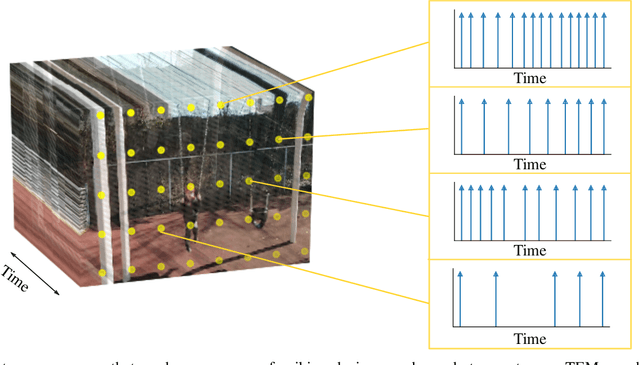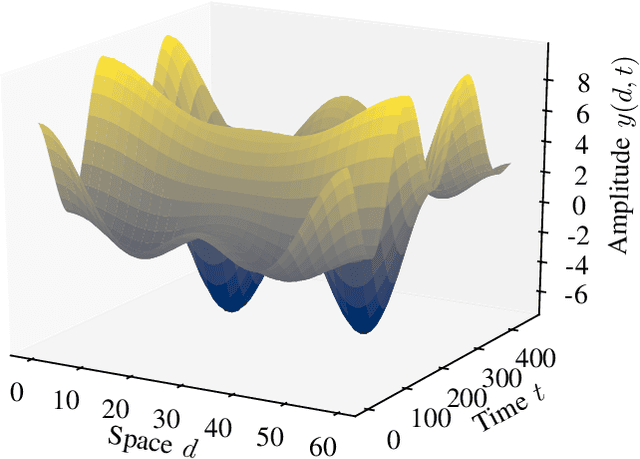Asynchrony Increases Efficiency: Time Encoding of Videos and Low-Rank Signals
Paper and Code
Apr 29, 2021



In event-based sensing, many sensors independently and asynchronously emit events when there is a change in their input. Event-based sensing can present significant improvements in power efficiency when compared to traditional sampling, because (1) the output is a stream of events where the important information lies in the timing of the events, and (2) the sensor can easily be controlled to output information only when interesting activity occurs at the input. Moreover, event-based sampling can often provide better resolution than standard uniform sampling. Not only does this occur because individual event-based sensors have higher temporal resolution, it also occurs because the asynchrony of events allows for less redundant and more informative encoding. We would like to explain how such curious results come about. To do so, we use ideal time encoding machines as a proxy for event-based sensors. We explore time encoding of signals with low rank structure, and apply the resulting theory to video. We then see how the asynchronous firing times of the time encoding machines allow for better reconstruction than in the standard sampling case, if we have a high spatial density of time encoding machines that fire less frequently.
 Add to Chrome
Add to Chrome Add to Firefox
Add to Firefox Add to Edge
Add to Edge